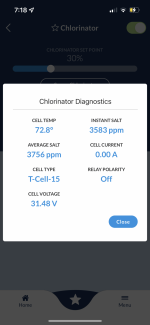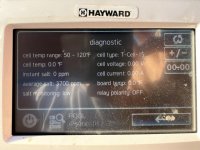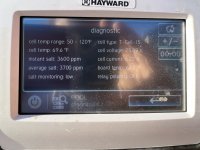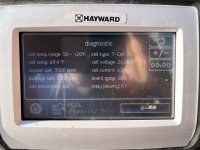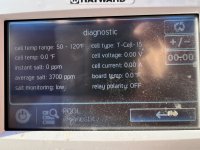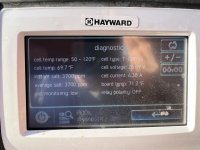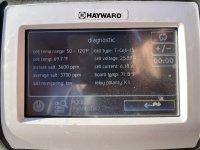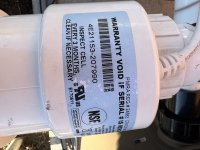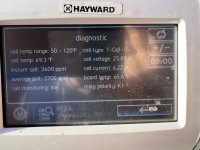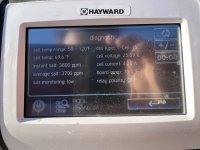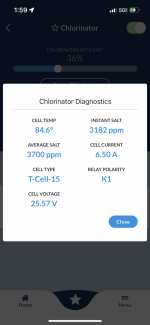Are these numbers within error tolerance ranges, or should I do something?
Taylor drop test consistently measures at 3200ppm
SWG instant salt reading consistently reads in the 3500s
SWG average salt reading consistently reads in the 3700s.
I find it strange the instant salt reading is always lower then the average. I’ve never seen the instant close to the average, not higher. Always 200-300ppm lower then average.
Salt cell is ~5-6 months old, pool has had salt for ~2-3 months (new pool). It’s been a little low on salt - 2600ppm or so until 8 days ago when I finally got the PB back out to top the salt off since originally not adding enough salt.
I think I read somewhere that you can recalibrate the SWG on the OmniLogic panel, and I was also told at some point that Hayward can come out and calibrate if the SWG reading is off, and sometimes that happens. Are my numbers close enough not to worrry about it, or should I hit up the PB?
Taylor drop test consistently measures at 3200ppm
SWG instant salt reading consistently reads in the 3500s
SWG average salt reading consistently reads in the 3700s.
I find it strange the instant salt reading is always lower then the average. I’ve never seen the instant close to the average, not higher. Always 200-300ppm lower then average.
Salt cell is ~5-6 months old, pool has had salt for ~2-3 months (new pool). It’s been a little low on salt - 2600ppm or so until 8 days ago when I finally got the PB back out to top the salt off since originally not adding enough salt.
I think I read somewhere that you can recalibrate the SWG on the OmniLogic panel, and I was also told at some point that Hayward can come out and calibrate if the SWG reading is off, and sometimes that happens. Are my numbers close enough not to worrry about it, or should I hit up the PB?


